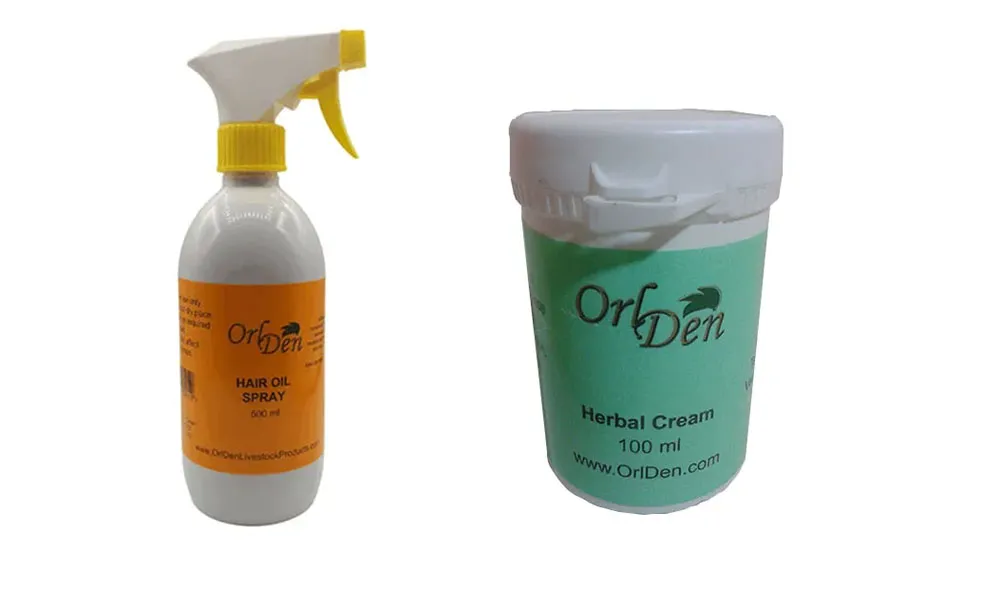
Persistent ringworm?
In recent weeks, I’ve heard a lot of farmers complain of persistent ringworm in calves.
This might cause a raised eyebrow or two. At first glance, it might be surprising to find calves struggling with fungal skin conditions still thriving at this time of year. Ringworm is, after all, an ailment closely linked to the housing season. As an organism that lives on buildings walls and partitions throughout the year, animals typically contract it when they are indoors for long periods of time.
On further reflection, though, it is easy to see where the problem arises. With increasingly wet spring weather year on year, animals are being housed later into the year. By the time they get to pasture in April and May, calves will already have contracted the fungal infection. Once contracted, ringworm is can be tricky to get rid of before it’s ready to go!
Diagnosing Ringworm
Ringworm is not as easy to diagnose as some internet sites would have you believe. Other skin conditions can cause the hair loss and subsequent formation of “crusting” on the impacted area. Perhaps more specific to ringworm is the formation of circular lesions (hence the name!) around the head, neck and eyes.
If you are unsure whether you’re dealing with ringworm or another bothersome skin condition, it is no harm to ask your vet to take a look at the animal. A lot of time and effort can be saved by getting an accurate diagnosis as early as possible, not least because it will allow you to rule out more serious conditions associated with lesion formation. As we all know too well, peace of mind is a precious commodity in the world of farming.
Treating Ringworm
If there is a positive aspect to ringworm, it is the fact that the condition is self-limiting. This means that it essentially burns itself out within confined parameters on the skin, leading to sudden recovery without treatment within three or four months of initial infection. Turning animals out to pasture will usually initiate healing. However, if it doesn’t disappear in the days and weeks after turnout, a treatment plan should be considered.
Fortunately, treatment for ringworm is relatively straightforward. Topical application of an iodine solution (about 2%) can be used. I have also found both OrlDen’s Hair Oil and Herbal Cream to be very effective at fighting ringworm infection and encouraging normal skin recovery. These are all natural remedies, so you get the added advantage of knowing that you are using safe products that are unlikely to create further complications.
Preventing Ringworm
On a final note, it is important to remember that ringworm is – in many cases – easily preventable. By cleaning winter housing regularly, you can prevent the fungus from getting established on walls and partitions. During the housing season, you should clean all surfaces with an appropriate antifungal disinfectant solution at least once a week. This will go a long way towards preventing a recurrence of this problem in the spring/summer of 2025!











